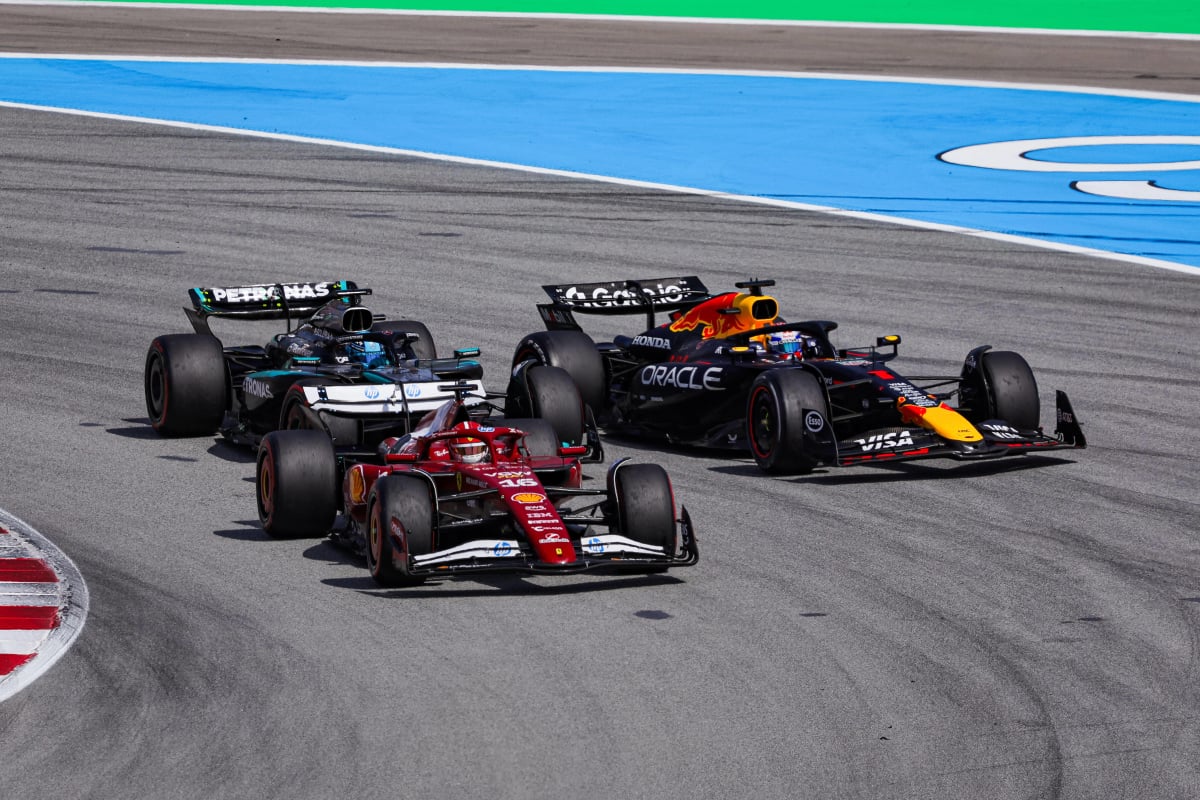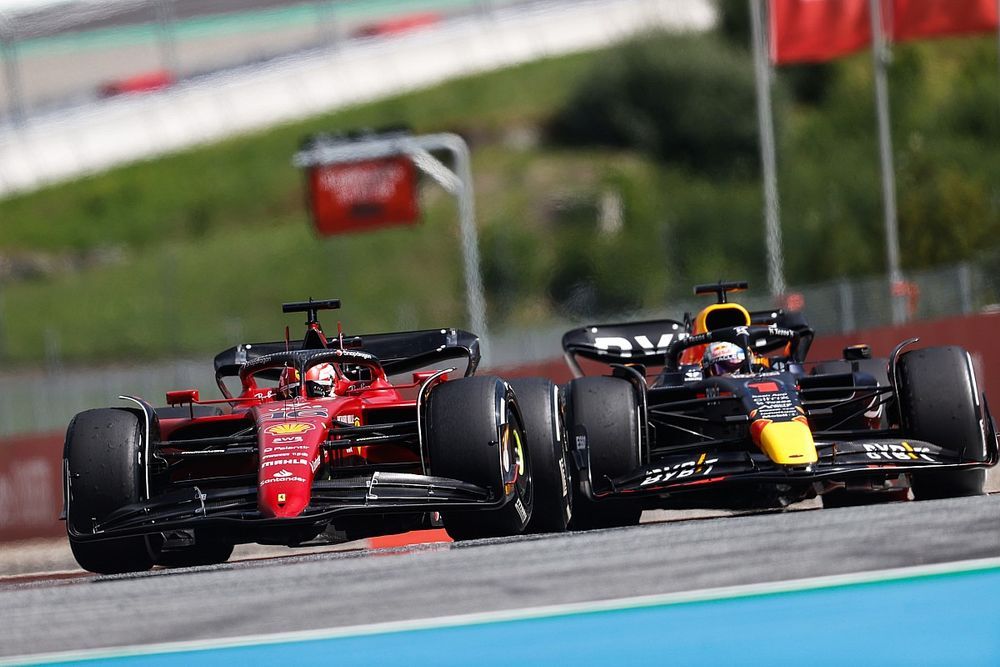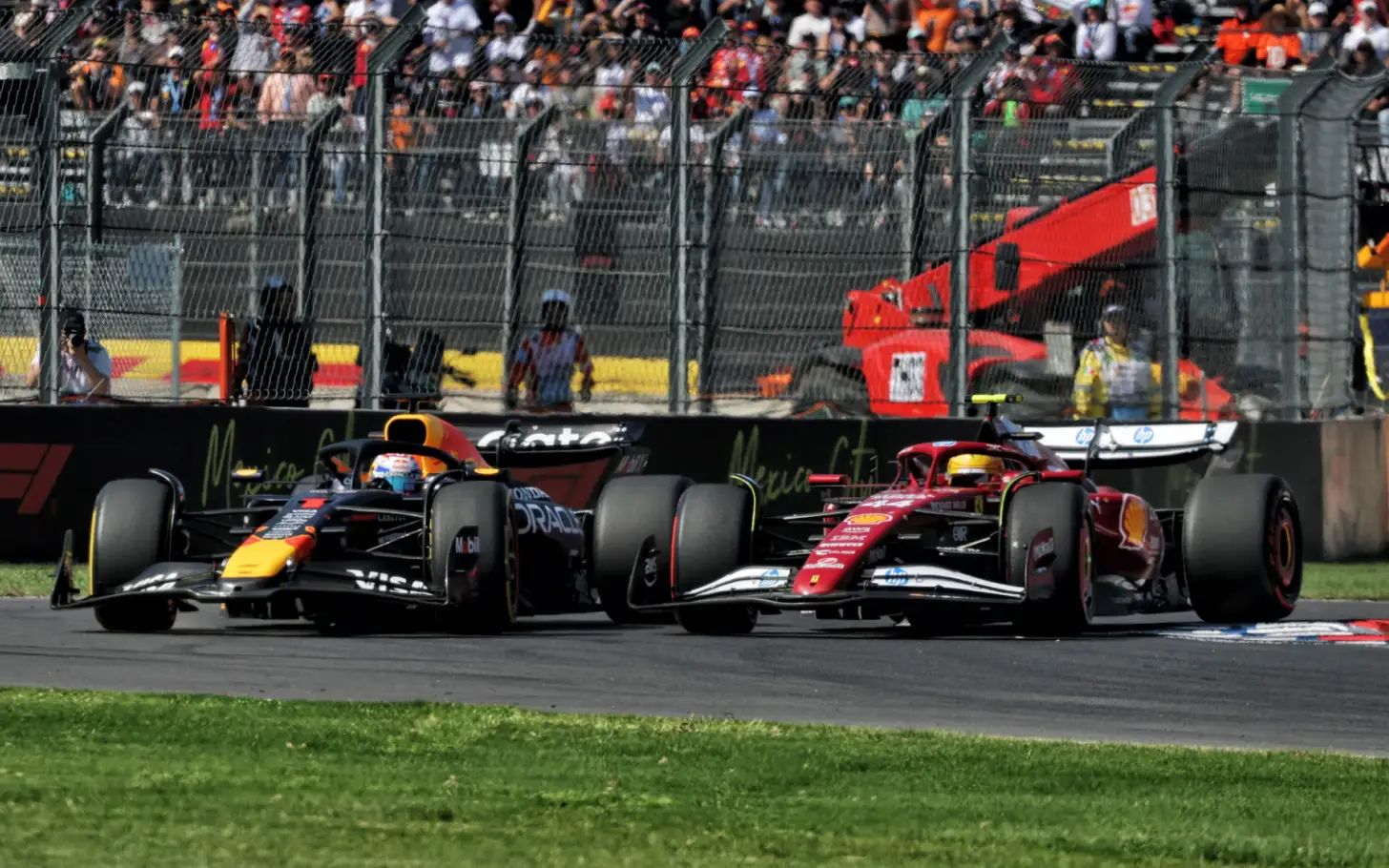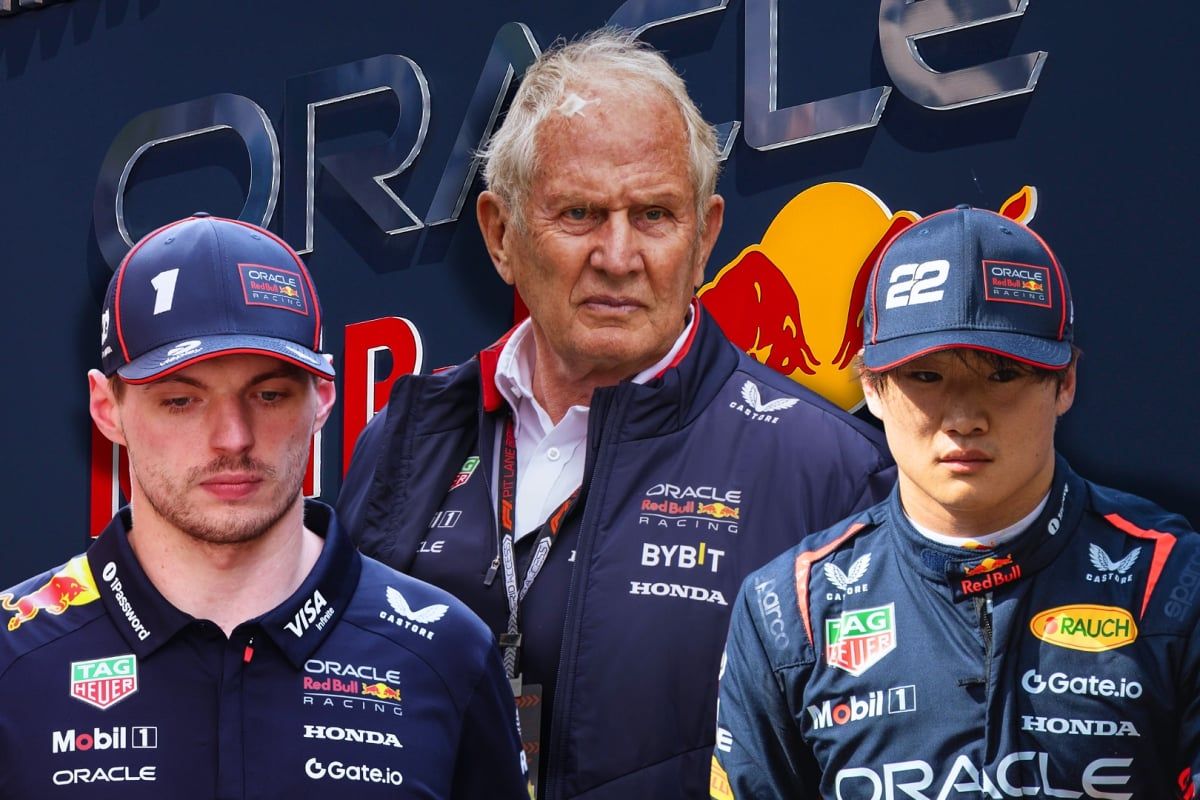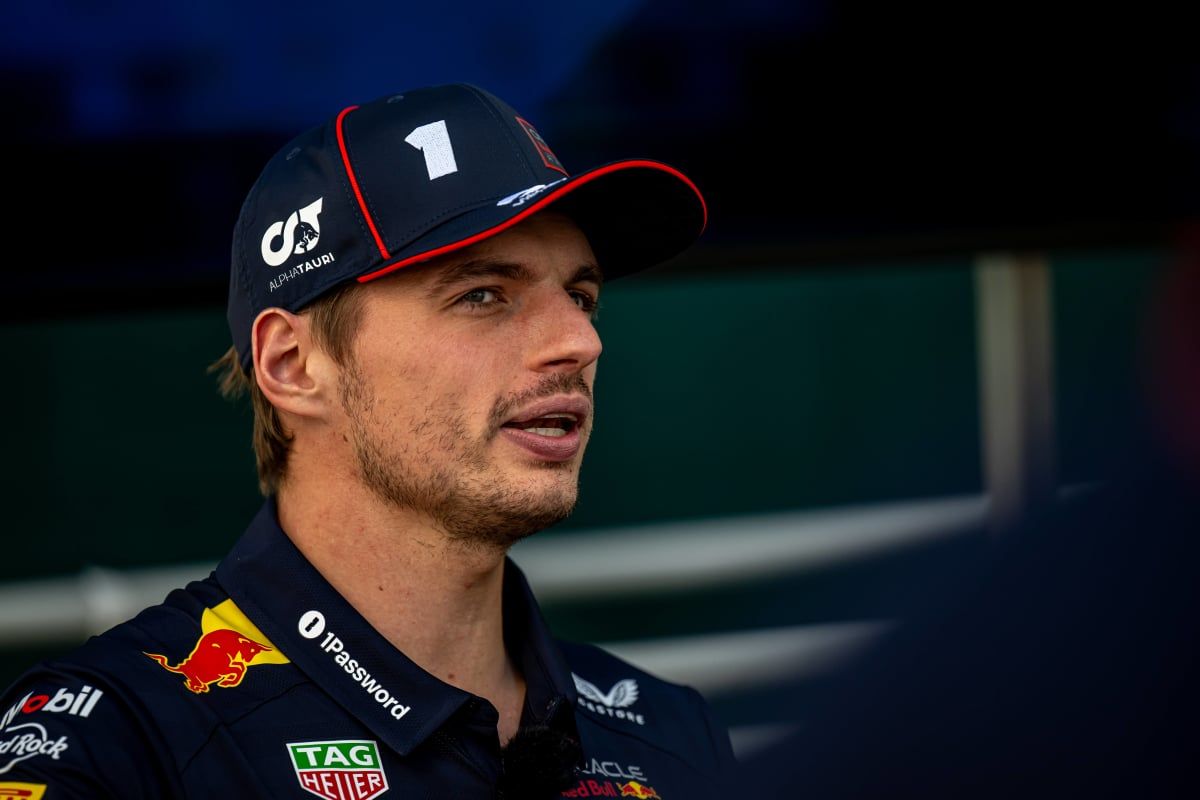F1 Sprint races: How do they work and are there changes for …. readmore
The excitement of Formula 1 returns to the Belgian Grand Prix this weekend, marking the much-anticipated comeback of the F1 sprint race format. Notably, the iconic Spa-Francorchamps circuit stands out as the only European track set to host this unique racing event in 2025.
So far this season, F1 has witnessed two thrilling sprint races in 2025. The first took place in Shanghai, where Lewis Hamilton showcased his incredible skills by clinching victory. Following that, Lando Norris took the spotlight with a triumphant performance in Miami, adding another layer of dynamic competition to the season.
A Brief History of Sprint Races in F1
The sprint race format was introduced to Formula 1 at the 2021 British Grand Prix. Since then, it has evolved as a way to spice up race weekends. Initially, in both 2021 and 2022, three race weekends featured these shorter races on Saturdays, which provided teams and drivers with an additional opportunity to score points and engage fans in fresh and exhilarating ways.
How Do F1 Sprint Races Work?
The sprint race format is designed to be a fast-paced and action-packed event. Here’s a quick overview of how it generally works:
Distance and Duration: Sprint races are typically shorter, covering a distance of around 100 km (approximately 62 miles) and lasting about 25 to 30 minutes, depending on the circuit. This makes for an intense and competitive race where every second counts!
-Qualifying Procedure: The grid for the sprint race is set based on the results of a traditional qualifying session held on Friday. This means that drivers will be racing not just for sprint points but also for positioning in the main race on Sunday.
Points System: Points are awarded to the top eight finishers in the sprint race. The winner receives 8 points, followed by 7 points for second place, down to 1 point for eighth place. This incentivizes drivers to push hard throughout the sprint.
Impact on the Main Race: The results from the sprint race can significantly impact the starting grid for the main race on Sunday, adding strategic elements to the weekend. Teams must consider how to optimize their cars and drivers for two distinct races within the same weekend.
What’s Changing in 2025?
As F1 continues to evolve, it remains focused on maintaining the excitement of the sprint race format. While the fundamental structure of sprint races from previous years remains largely unchanged, the addition of Spa as the only European host in 2025 is noteworthy. This decision reflects F1’s commitment to elevating the fan experience at iconic tracks while providing teams with diverse racing conditions.
Fans can expect enhanced engagement during the weekend, with more opportunities to see their favorite drivers in action. The unique nature of Spa’s challenging layout is sure to add an exciting twist to this year’s sprint races, making it a must-watch event for motorsport enthusiasts.
Conclusion: A New Era of F1 Sprint Races
The return of sprint races in 2025, especially at iconic circuits like Spa, promises a thrilling atmosphere for drivers and fans alike. As illustrated by Hamilton and Norris’s recent victories, the competition remains fierce, and the stakes are high. The sprint format not only adds an extra layer of excitement to race weekends but also challenges teams to adapt their strategies effectively.
As we look forward to the rest of the Formula 1 season, the introduction and continued implementation of sprint races add an innovative flair to the sport, keeping fans on their toes and drivers at the edge of their seats. Buckle up, because the sprint races are here to stay!
